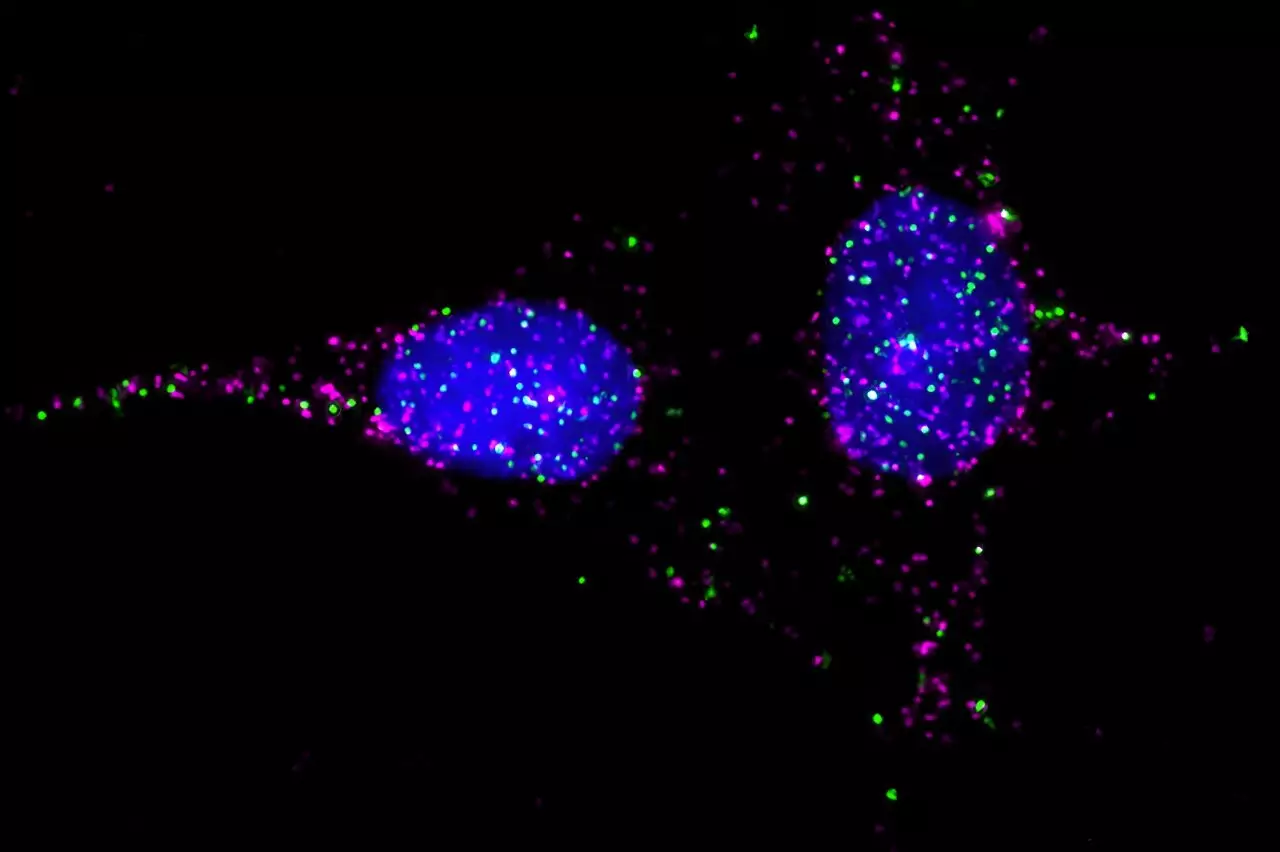G protein-coupled receptors (GPCRs) are pivotal players in the pharmacological landscape, accounting for approximately one-third of all FDA-approved medications. These receptors, which reside on the surfaces of human cells, are integral to initiating a variety of biological signals that facilitate essential functions like cardiovascular health and immune responses. From beta blockers alleviating heart conditions to antihistamines combating allergies, GPCRs engage in complex biochemical pathways that are vital for therapeutic interventions. However, the intricate dynamics underlying GPCR functionality have been underappreciated for far too long, particularly concerning their interactions with accessory proteins known as receptor activity-modifying proteins (RAMPs).
The realization that GPCRs do not act in isolation has opened new avenues for understanding drug action and specificity. Recent advances in the study of GPCR-RAMP interactions reveal that these accessory proteins substantially alter the signaling capabilities of GPCRs, effectively reshaping the way these receptors operate. Understanding this complexity is crucial, not only for improving existing therapies but also for the development of new, targeted drugs.
A groundbreaking study published in Science Advances sheds light on the complex relationships between over 215 GPCRs and their associated RAMPs. This research initiated by Ilana Kotliar and overseen by Thomas P. Sakmar illustrates a robust methodology for mapping these interactions, setting a new benchmark for the scalability of such studies. By exploring these associations, researchers can enhance their understanding of the many roles GPCRs play in human physiology, thus unlocking potential therapeutic benefits previously considered elusive.
The methodology is particularly revolutionary; it allows for comprehensive profiling of GPCR-RAMP interactions simultaneously. Through sophisticated assays developed in collaboration with esteemed institutions, the research team employed colored magnetic beads to represent various GPCR-RAMP combinations, facilitating high-throughput screening. This innovative approach yielded a treasure trove of data that can inform future explorations in drug development and biological research.
The findings of this study underscore the critical role RAMPs play in determining the effectiveness of GPCR-targeting drugs. For instance, even when a drug targets the same GPCR in different cellular contexts, its efficacy may vary based on the presence and influence of RAMPs. This phenomenon illustrates the need to consider the cellular environment when evaluating drug performance: a drug may succeed in one type of cell while failing in another due to variations in RAMP expression.
Sakmar aptly encapsulates this nuance by likening the process to navigating a restaurant. Just as a menu alone does not inform you about the restaurant’s operational hours or delivery options, understanding GPCR functionality without considering RAMPs is incomplete at best. Moving forward, it becomes imperative for pharmacologists and drug developers to factor in the RAMPs present in specific tissues to better predict how a given drug will perform in clinical settings.
The implications of mapping GPCR-RAMP interactions extend beyond theoretical knowledge; they offer tangible benefits for drug development. As the landscape of drug discovery matures, the comprehensive data generated from this research will serve as a foundation for enhancing existing therapies and developing new ones. Furthermore, it may elucidate the mechanisms behind the failure of previously promising GPCR-targeting drugs, creating pathways for second-generation drugs that are more effective and exhibit fewer side effects.
Moreover, the detailed mapping of GPCR-RAMP interactions can aid in identifying the “orphan” GPCRs—those whose natural ligands remain undiscovered. This tantalizing possibility holds immense potential for uncovering new biological pathways and therapeutic targets, thereby enriching our understanding of human health and disease.
It is essential to recognize that this landmark study was a product of intense collaboration and dedication among researchers. Despite facing challenges, including the global pandemic that limited travel, the team persisted, showcasing the spirit of scientific inquiry. The openly available libraries generated through this project—encompassing anti-GPCR antibodies and engineered GPCR genes—will facilitate further research and enable scientists worldwide to build upon their findings.
Ultimately, the ongoing work surrounding GPCR and RAMP interactions illuminates a path forward in pharmacology. By prioritizing these interactions, researchers can enhance therapeutic strategies, improve drug efficacy, and, perhaps most importantly, deepen our understanding of the molecular machinations that sustain human life. As we stand on the brink of a new age in drug development, the significance of GPCR-RAMP research cannot be overstated—it becomes the cornerstone of innovative therapeutic discovery.


Leave a Reply